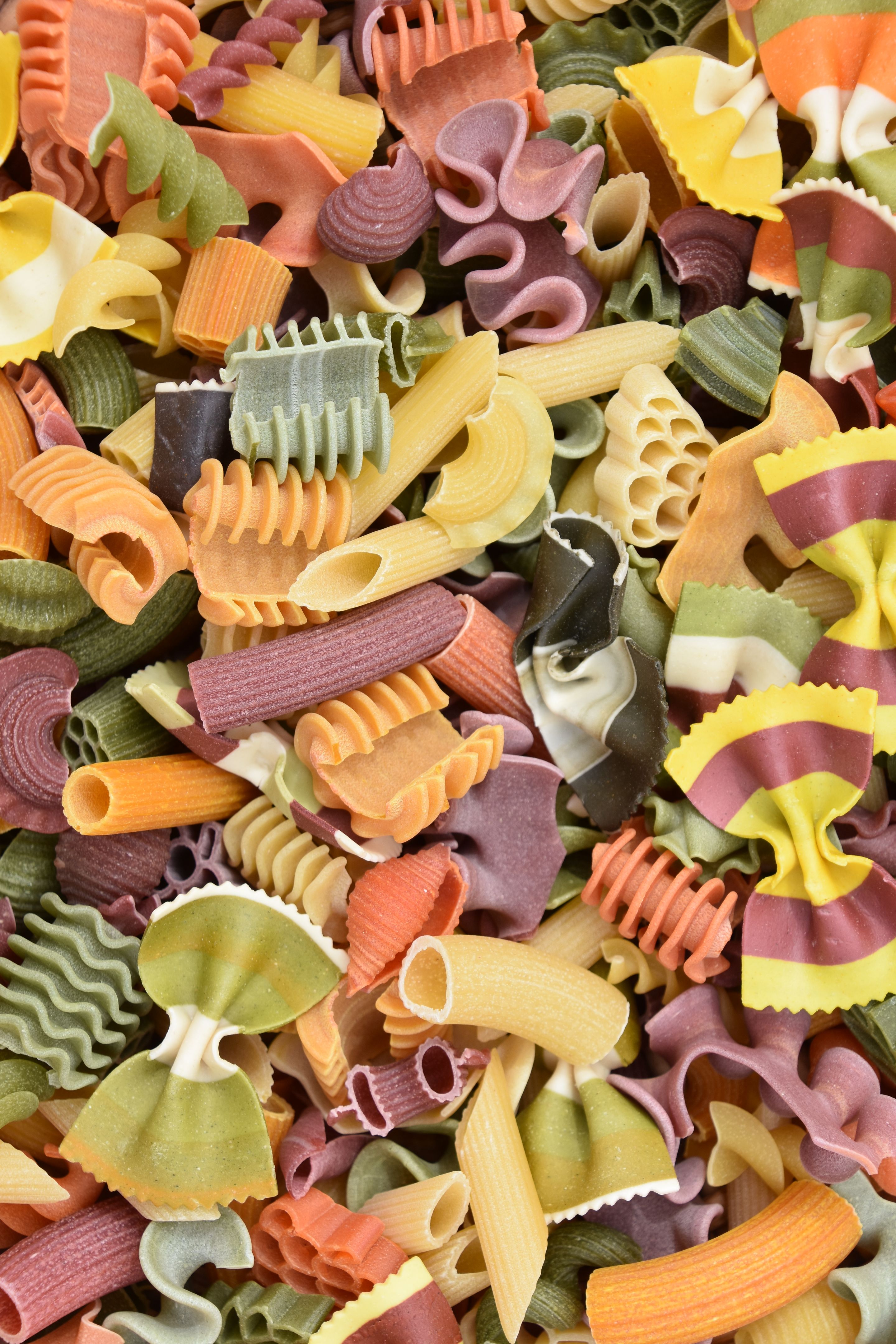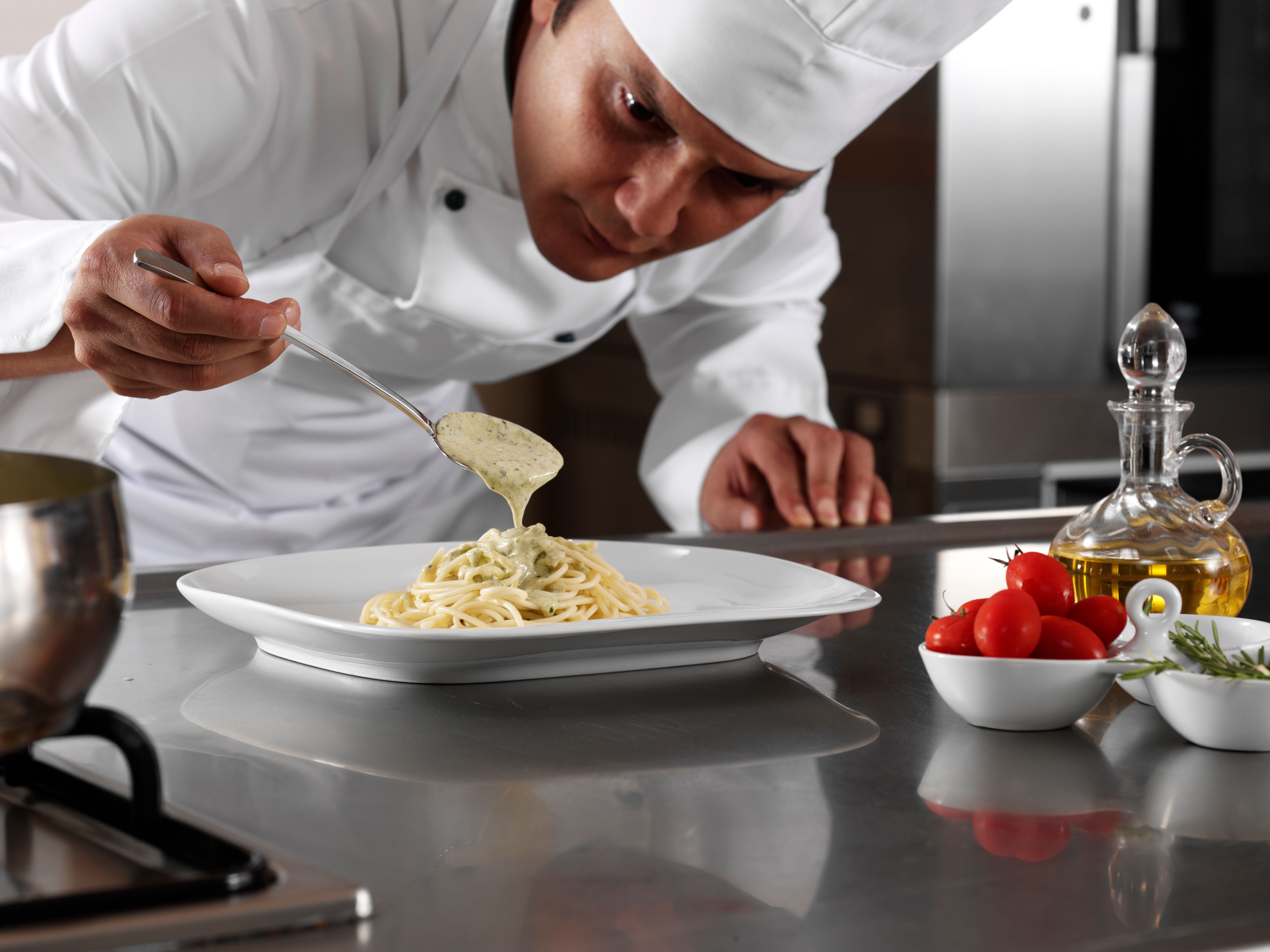Crafting Perfect Pasta
The Foundation of Perfect Pasta
Crafting a perfect pasta dish starts with selecting the right pasta type. Whether it's spaghetti, penne, or fettuccine, the choice of pasta can impact the dish's texture and flavor. Each type of pasta is designed to hold sauce differently, so understanding these nuances is crucial for achieving culinary perfection.
Fresh pasta offers a tender and delicate texture, while dried pasta provides a firmer bite, making it ideal for hearty sauces. When selecting pasta, consider the sauce you'll be pairing it with. A robust, chunky sauce pairs well with ridged pasta like rigatoni, as it clings better to the surface.

The Art of Cooking Pasta
Cooking pasta to perfection is both an art and a science. Start by bringing a large pot of water to a rolling boil. Adding salt is essential as it enhances the pasta's natural flavor. The rule of thumb is to use about 1 tablespoon of salt per 4 liters of water. Once the water reaches a boil, add the pasta and stir occasionally to prevent sticking.
Timing is crucial when cooking pasta. Follow the package instructions for cooking time but taste-test a minute or two before the suggested time to ensure it's al dente, which means "to the tooth" in Italian. Perfectly cooked pasta should be firm yet tender when bitten.
Saucing Secrets
The sauce is where you can truly let your creativity shine. From simple olive oil and garlic to rich bolognese or creamy Alfredo, the possibilities are endless. For a balanced dish, ensure your sauce complements the pasta rather than overpowering it.
One secret to elevating your pasta dish is to finish cooking it in the sauce. Reserve some pasta water before draining, as its starchiness can help emulsify and thicken the sauce, creating a silky finish. Toss the cooked pasta into the sauce and let them simmer together for a minute or two.
Enhancing with Ingredients
Beyond sauce, additional ingredients can add depth and complexity to your pasta dish. Fresh herbs like basil or parsley can provide brightness, while ingredients such as sun-dried tomatoes or olives introduce bold flavors. Don't forget the impact of cheese; freshly grated Parmesan or Pecorino can elevate a dish to new heights.
For those who love protein, consider adding grilled chicken, shrimp, or even pancetta. Vegetables such as spinach, mushrooms, or bell peppers can also enhance both flavor and nutrition.
Presentation Matters
The final step in crafting a perfect pasta dish is presentation. A beautifully plated dish not only pleases the eye but also enhances the dining experience. Use a wide, shallow bowl to showcase the pasta and its accompanying ingredients.
Garnish with a sprinkle of fresh herbs or a drizzle of olive oil for a professional touch. Remember that a well-presented dish is often as satisfying to look at as it is to taste.

Regional Inspirations
Exploring regional Italian cuisines can inspire new pasta creations. Each region has its traditional dishes, such as carbonara from Rome or pesto from Genoa. These classic recipes offer insights into unique flavor combinations and techniques that can be adapted to your creations.
Understanding regional variations not only broadens your culinary repertoire but also deepens your appreciation for Italy's rich gastronomic heritage.
Experimenting with Flavors
Don't be afraid to experiment with different flavors and ingredients. Incorporate international influences by adding spices like curry powder for an Indian twist or soy sauce for an Asian-inspired fusion.
Experimentation is key to crafting a signature dish that reflects your taste and creativity. Keep trying new combinations until you find one that becomes your go-to favorite.

